As responsible and conscientious pet owners, we all try to do whatever we can in order to keep our companions safe and free from harm.
We see the debate of whether a cat should be kept strictly indoors at all times versus letting a cat roam the garden or yard area outside occurring frequently in the Forums at TCS.
There are differences among cultures, but the best way to determine what is best for you and your cat is to identify potential threats or dangers in both your home and your yard and then make an educated decision on what you should allow.
If your home is located nearby a busy road or if your neighbors have dogs allowed to roam at large, these are clearly dangers to outdoor cats.
It is easy to identify the obvious risks outside, but there are serious threats to indoor-only cats as well and it is best to periodically make an inspection of your home to identify and eradicate these dangers. Let’s explore a few of the more common areas of risk:
How to Make The Garage Safe for Cats
Garages and garden sheds are usually storage places for common household/lawn/garden chemicals that pose a serious threat to pets.
Unless you’ve converted your garage to a living area, then it is probably best to designate it as a 'Cat-Free Zone'. Anti-freeze is particularly deadly and is doubly dangerous because of its sweet taste.
It is best not to allow access to any areas used to contain dangerous poisons or chemicals.
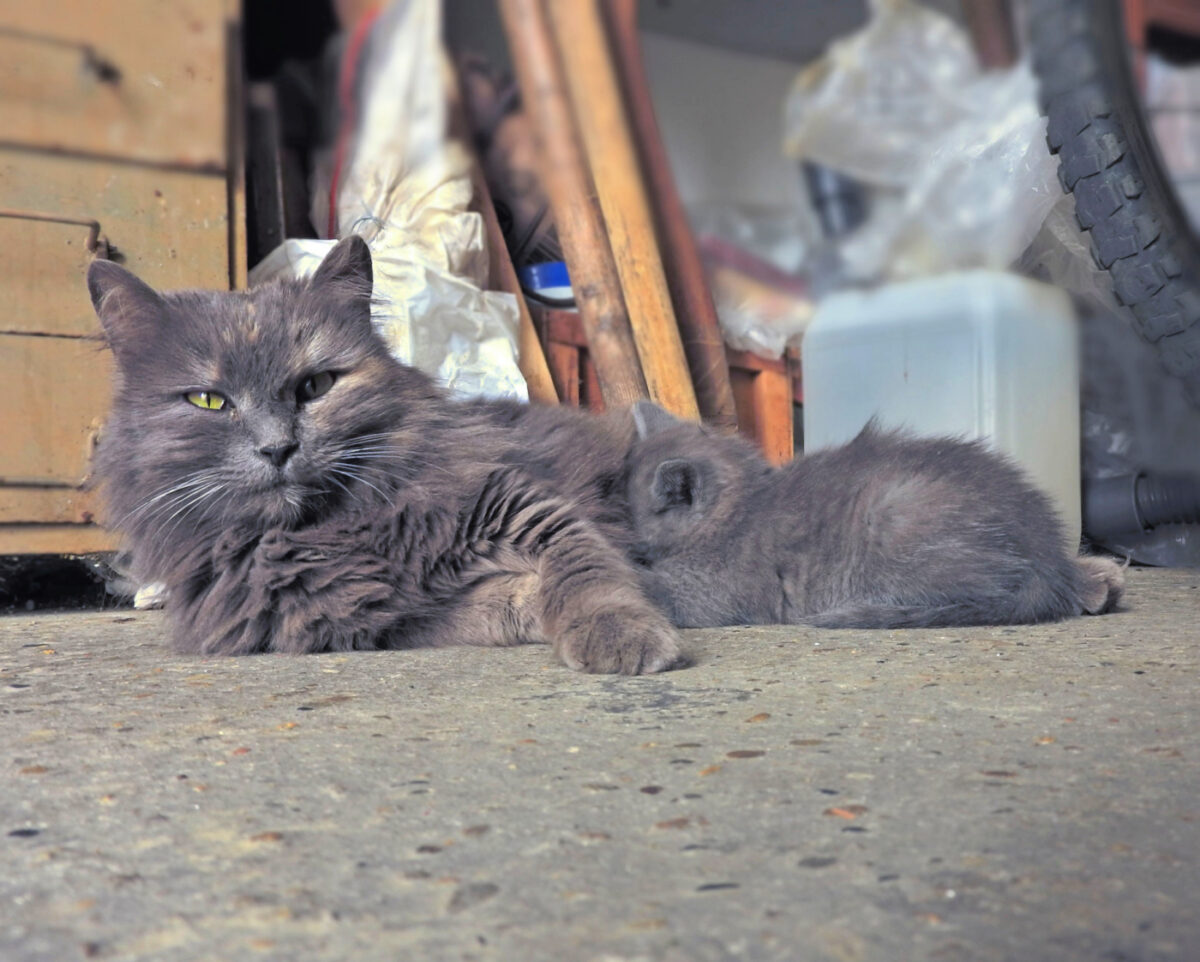
But if you must, then be absolutely certain to immediately clean up any spilled anti-freeze or other chemicals and keep the floor thoroughly clean and free from hazardous substances.
Cat Safety: Home Appliances and Electronics
As we become more and more dependent upon convenience appliances, we introduce more electrical cords to our homes.
Cords of any type are a hazard to cats because their curious nature causes them to investigate, chew and play with them.
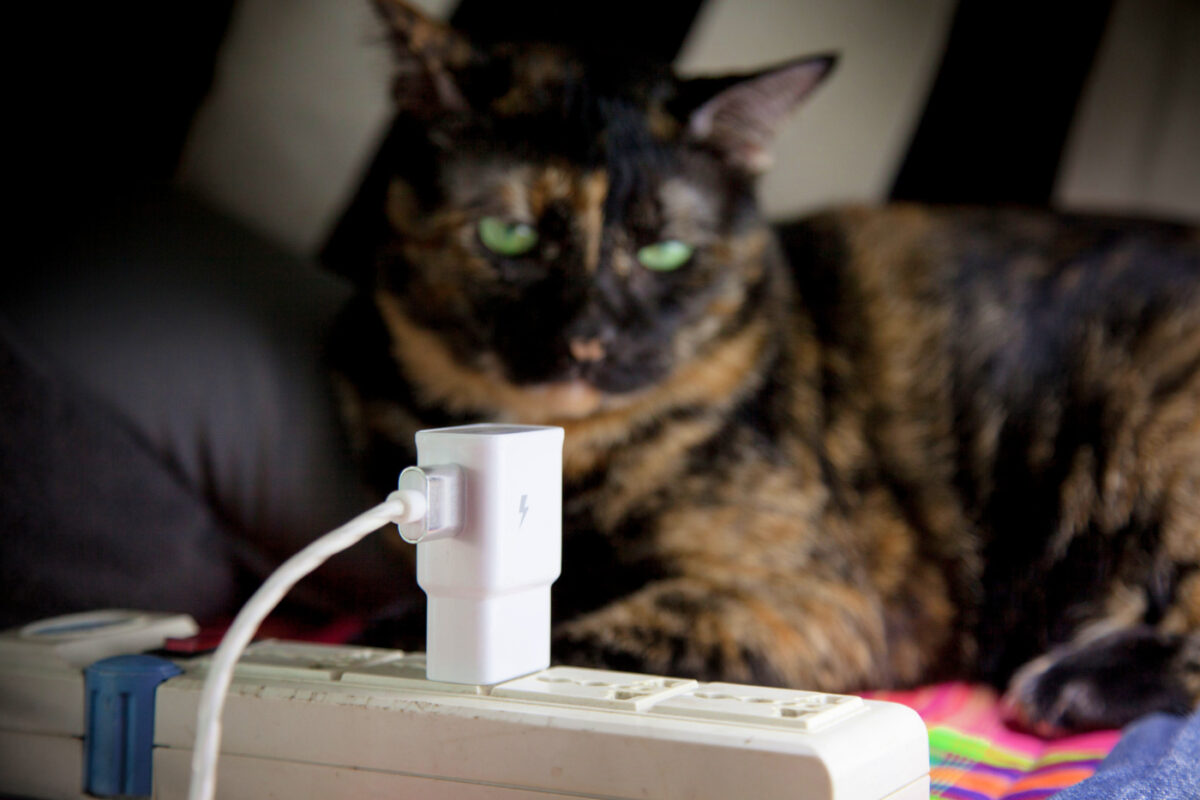
There are many ways to minimize the risk. Consider buying cord management systems or tape cords together with electrical tape and then fasten them out of reach. Don’t forget about the phone cords.
Cat Safety: Windows
All windows should have a sturdy mesh insect screen that can lock into place. A hardware-mesh screen is preferable, as cats have been known to claw through the smaller, more fragile screening materials.
Cats enjoy batting around cords from hanging blinds. The danger is that they can get tangled up and choke. Be sure to either anchor the cords or tie them up out of reach.
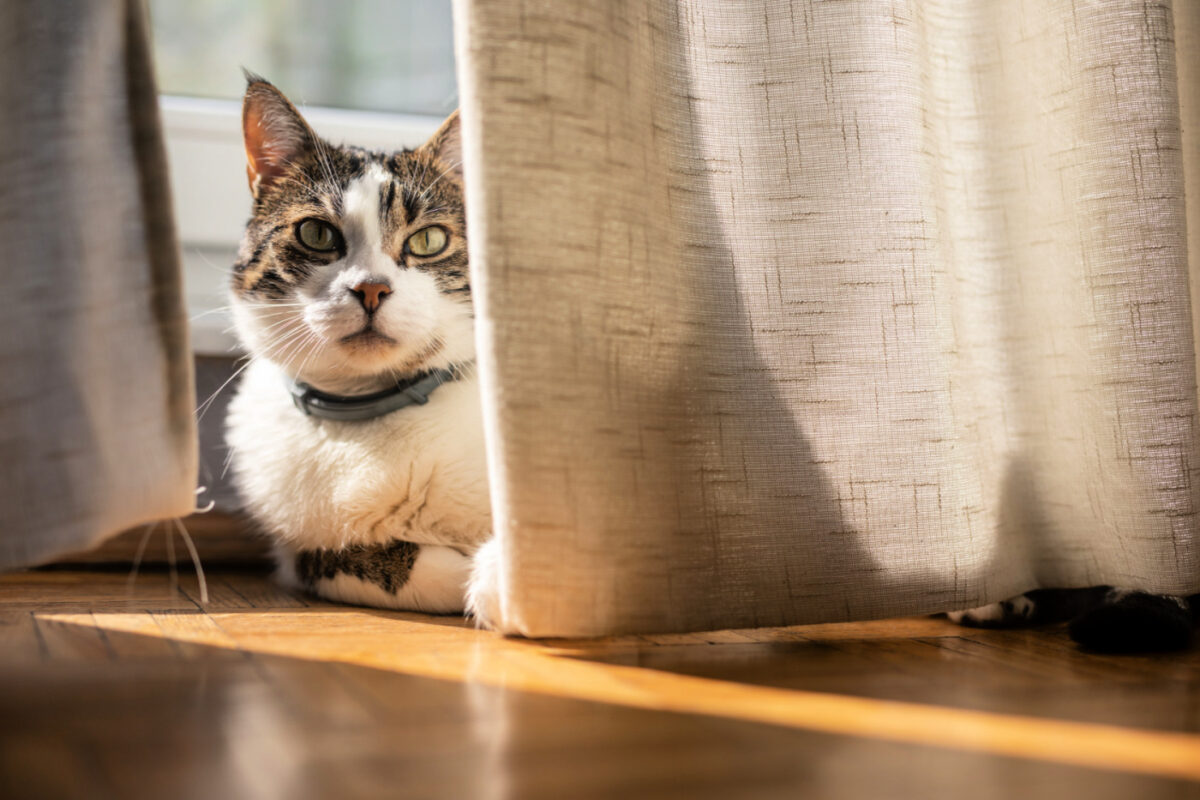
Curtains and drapes that hang on the floor are a particular enticement for cats. They may try to climb to the top, and unless the curtain or drapery rods are secure, this could lead to a nasty fall and potentially serious injury.
Cat Safety: Home/Office
Many common households or even home office-type supplies pose a serious risk to cats. Items such as rubber bands, paper clips, thumbtacks, and pushpins should be closed away in containers that are then placed inside a drawer or cabinet.
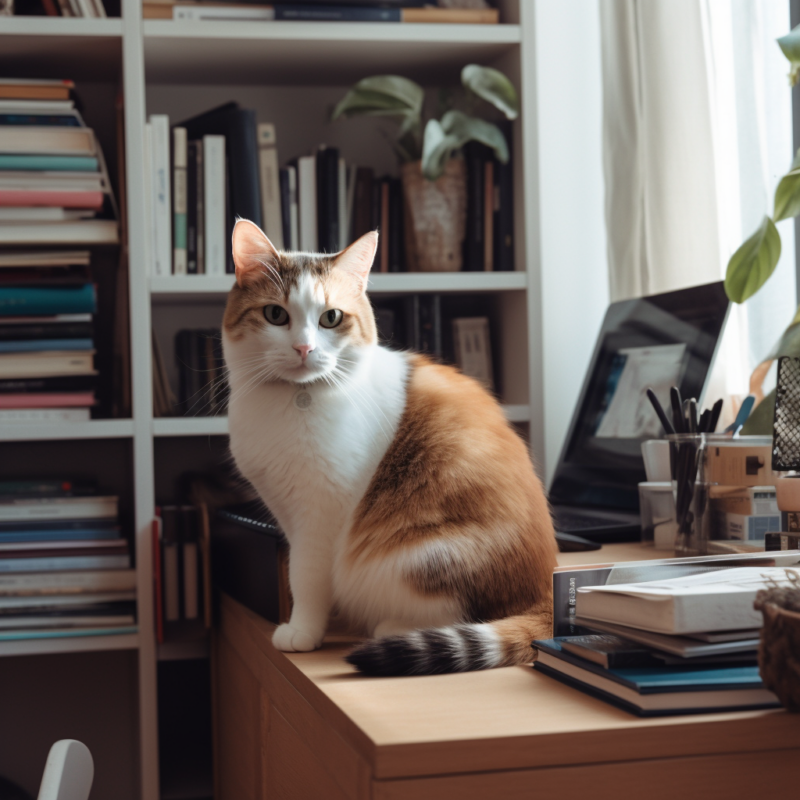
If you also have children, items such as balloons, small toys, or parts of games should be kept well away and out of reach of the furry kids.
During the Holidays, most of us like to make our homes beautiful with decorations, but tree tinsel and other small decorative articles are irresistible to cats. A good rule to follow is to put away anything you wouldn’t want a toddler to find—this will keep your cats safe as well.
SIGN UP FOR THECATSITE'S EMAIL UPDATES >
Cat Safety: Kitchen/Bathroom
Kitchen cabinets are another danger zone. You can secure them by placing child-safety bands or other security devices on cabinets where you keep bleach, detergent, cleaning supplies, or other dangerous household chemicals.
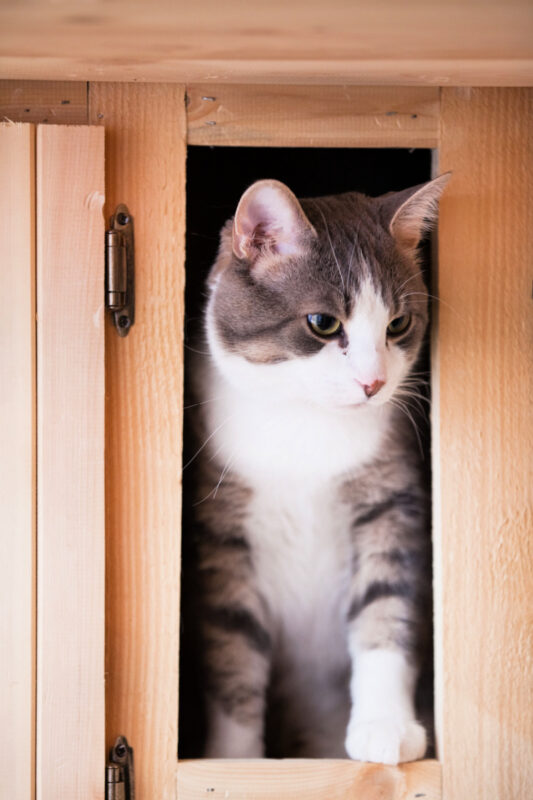
In the bathroom, make certain that all personal hygiene products, including dental floss, are secured.
Remember to wrap used floss in tissue and discard it into a bin with a tight cover to prevent accidental ingestion. Cats love a warm, comfortable environment, and cabinets provide that to them.
By using a little common sense and thinking like a cat, you can rest assured that your little sweeties won’t be into anything they shouldn’t be playing with.
Cat Safety: Decorations/Jewelry
Do not leave fragile items such as vases, candle holders, anything made of glass, or jewelry, especially small earring or necklaces, sitting around on tables or counters accessible to cats.
Glass items can be knocked over and broken, thus resulting in a potential deep wound.
Most cats are very curious by nature, and if they find an interesting, shiny earring or necklace, they will chew on such things, often swallowing them and causing major problems.
How to Make The Laundry Room Safe for Cats
Laundry appliances are especially dangerous for cats & kittens. Cat love to snuggle up in warm places.
Because of that, be sure to always close your clothes washer and dryer doors so as to keep your furry friends out.
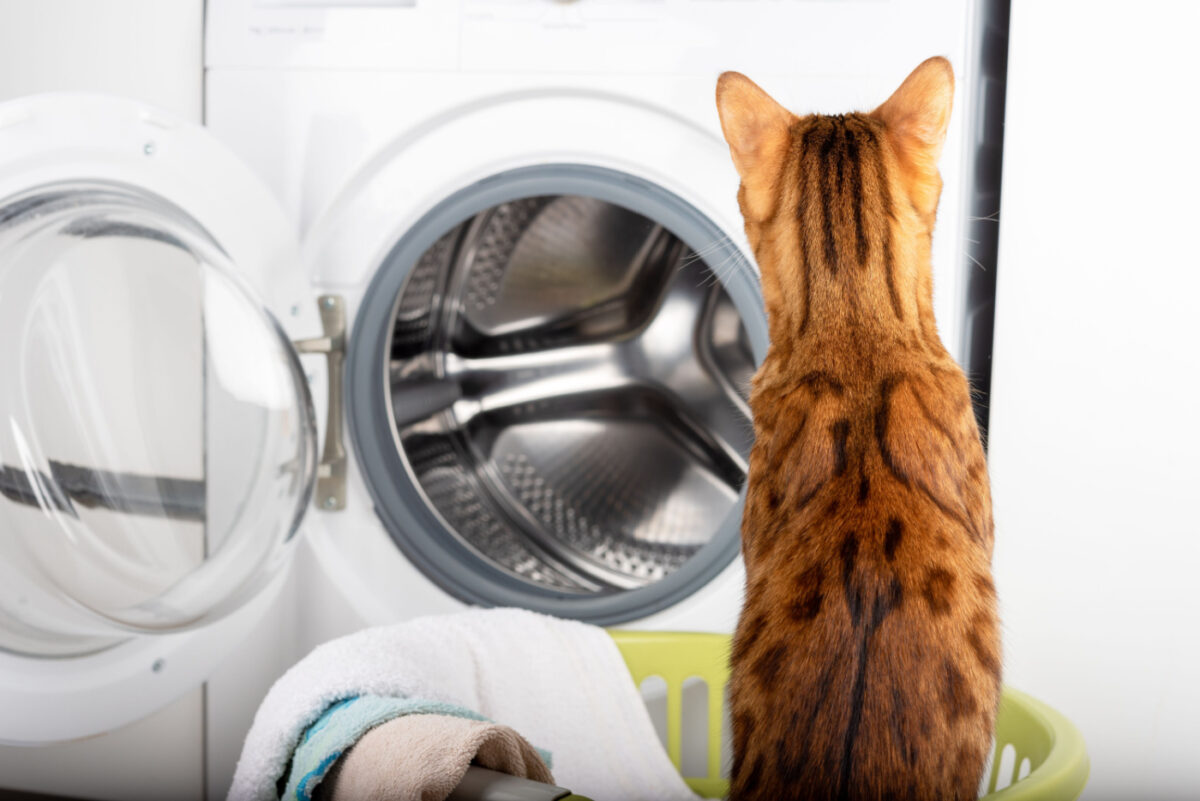
To be certain that no one has escaped your vigilant notice, do a head count before turning on your laundry appliances. Always unplug your steam iron and make certain the ironing board is secured to avoid an accident.
How to Make The Living Room Safe for Cats
Both cats and kittens love to climb furniture and drapes. You might want to consider covering both leather and cloth furniture with a thick, sturdy blanket or bedspread, and make sure you provide a suitable scratching post to satisfy their need to stretch their claws.
This keeps the furniture safe and free from damage and also prevents the frustration owners have with inappropriate behaviors, which can lead to surrender at shelters or rescues.
Cat Safety: Poisons
Many of us have experienced pest problems and will resort to using ant- or roach-baited traps to eliminate the problem.
If you use these devices, be sure to remove any ant/roach traps from places where cats may find them. These types of devices are good at what they do, but they can deliver a dangerous dose to your cat.
There are many ways to eradicate pests without the use of harsh, dangerous chemicals:
Ants
You can wash countertops, cabinets, and floors with equal parts of vinegar and water to deter ant infestations.
Read more:
- Household Chemicals And Your Cats
- What To Do If You Think Your Cat Ingested Poison
- How To Keep Ants Out Of Cat Food
Fleas
Vacuum, remove the vacuum bag, seal it, and dispose of it immediately outside your home.
- A ratio of 1 teaspoon vinegar to 1 quart (per 40 pounds of pet weight) in their drinking water helps keep your pets free of fleas and ticks.
- Rosemary, Cedar, or Fennel: Spread leaves or shavings of these plants under and around the pet's bed.
Flies
Make certain the kitchen garbage bin stays tightly closed. Remove garbage to a bin outside your home at least daily.
- You can scratch the skin of an orange and leave it out – the citrus acts as a natural repellent.
- Hang clusters of cloves to repel flies.
- Mint planted around the home repels flies. A pot of basil set on the windowsill or table helps to repel flies. Keep basil well watered from the bottom so that it produces a stronger scent. Dried ground leaves left in small bowls or hung in muslin bags are also effective.
Roaches
Prevent roaches from gaining access to your home by closing off all gaps around pipes and electric lines where they enter the house.
You can use cement or screening. Caulk small cracks along baseboards, walls, and around pipes and bathtub fixtures. Seal any food left on countertops tightly. Rinse any dishes left overnight. Do not leave pet foods out overnight.
Many common houseplants are poisonous to cats. The Cat Fancier’s Association has compiled a comprehensive listing of these plants - Toxic Plants
Create A Safe Haven
It is a good idea to establish a room in your home that can act as a safe haven for your cats. You can use this room to confine them while you are using cleaning products or otherwise engaged in an activity that may pose a risk to your cats.
Over the years, I have also found the Safe Haven room to be of great assistance when I am bringing in groceries or other items from the car and the door is not securely latched.
You will want to stock this room with food, a litter box, toys, a scratching post, and a bed. Cats can be safely confined here until you are again ready to give them full access to your home.
With just a little common sense, your home and/or garden area can be made safe for your feline companions. The key is to get low to the floor or ground and do a thorough inspection. Think like a cat.
Does something strike your interest?
Then it may also spark the interest of your cat. If it is a dangerous item, then serious illness, accident, or even death can be prevented if you think ahead, plan intelligently, and periodically ensure your home or garden is safe.
SIGN UP FOR THECATSITE'S EMAIL UPDATES >
Written by Gaye Flagg
Comments? Leave them using the form below. Questions? Please use the cat forums for those!
Note: We may get commissions for purchases made through links on this page.

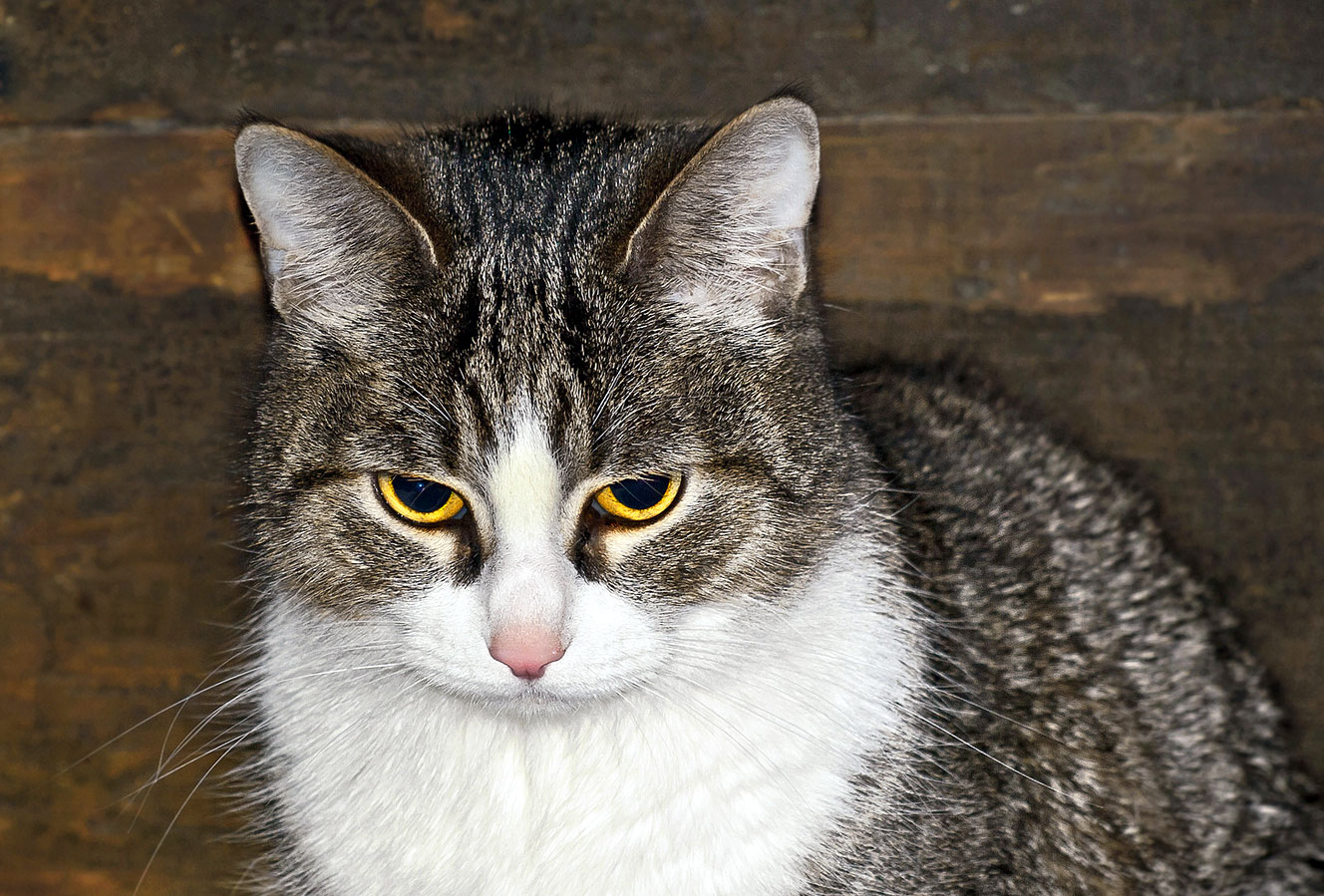
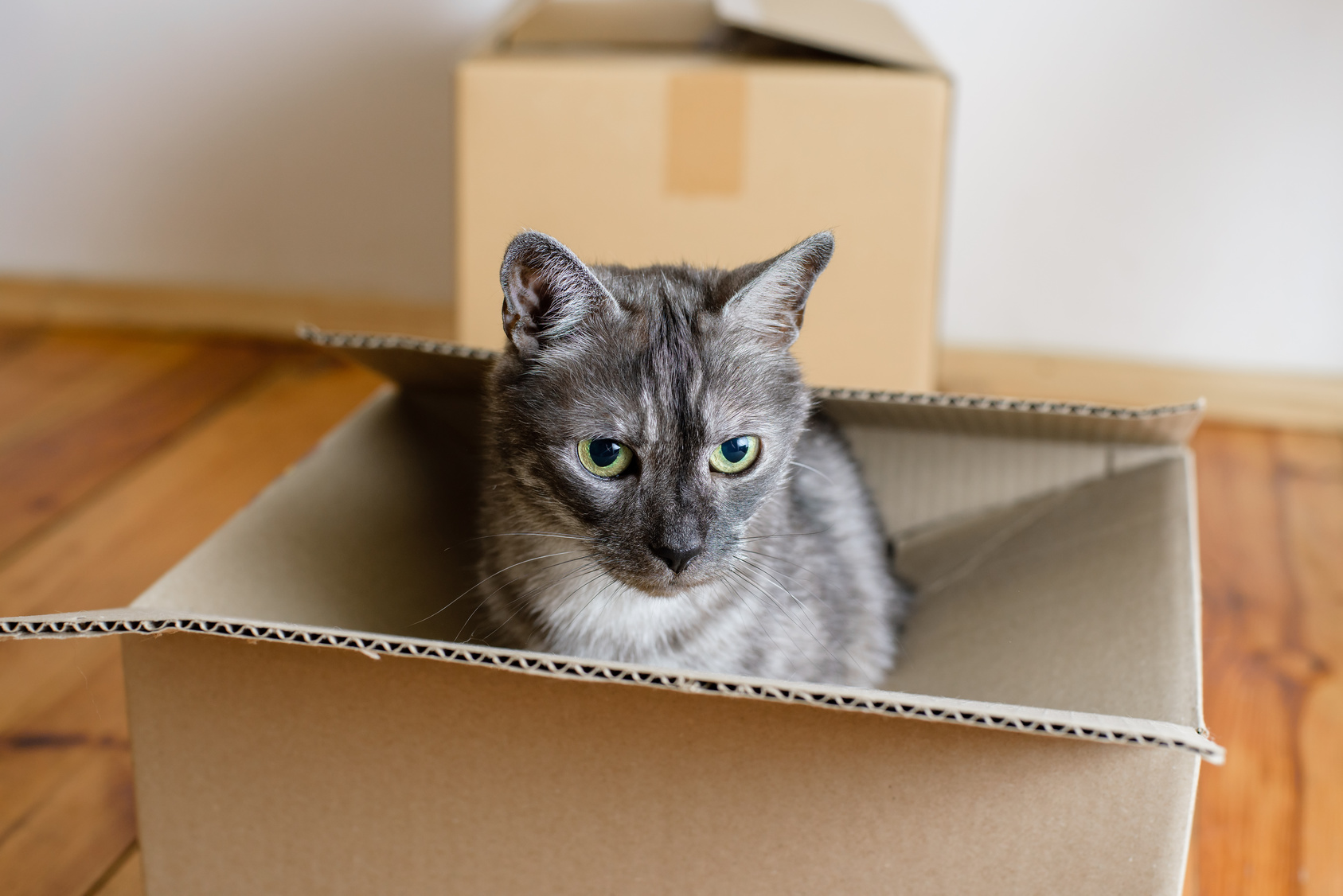
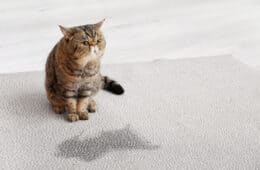
One comment on “Cat Safety Tips For Your Home & Garden [By Room]”